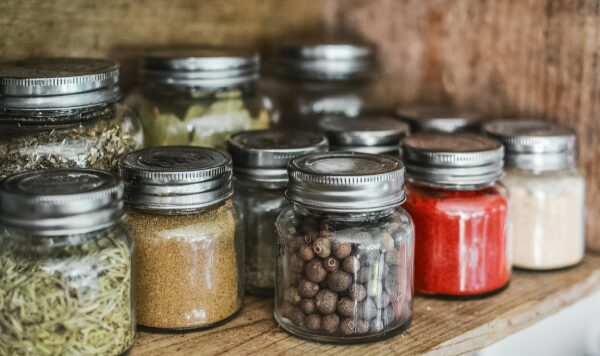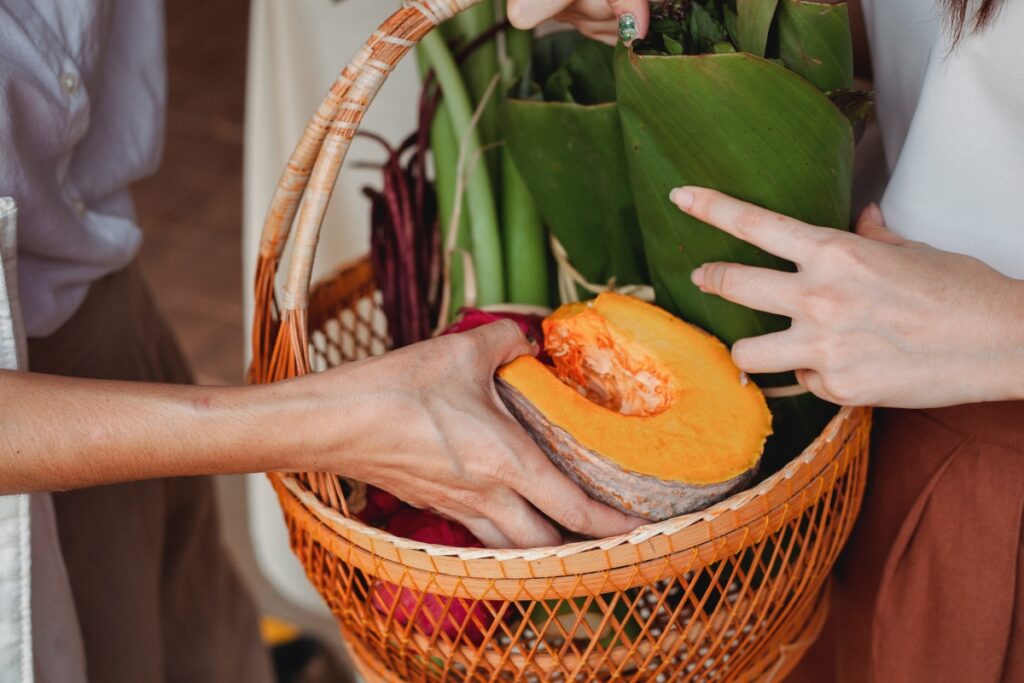The current pandemic caused a drastic change in our society. Not only are we required to follow social distancing measures, it is also imperative to stay at home, a strict safety measure that has been implemented for the past few months. Of course, along with these changes, the way we handle things indoors may have also been altered. There are routines which may have been practiced in a more repetitive way, with the tasks of washing your hands and taking a bath making a significant presence just when the directives of our local government units began making the rounds.
Personal hygiene aside, there are other things which underwent a drastic change during the pandemic, and nothing could be more critical than the way that we preserve our food supplies. The fact that people are most likely indoors 24/7 says a lot about the rations in our households. There used to be a time when people went out for dinner, crowding shopping malls and restaurants to grab a bite to eat.But nowadays, people are usually within the confines of their homes. For the most part, this is the wisest thing to do during the pandemic, as everyone must do their part in stopping the transmission of the virus in one way or another, but this certain fact also brings with it a caveat, the more that people are inside their homes, the more resources they consume or utilize, and food is definitely one of them.
With all of that in mind, we have prepared a couple of food preservation tips which you may implement within your homes. These tips may vary, depending on the type of food or supply you decide to stock up on, however, it would be wise to at least have a basic knowledge of them, just in case you happen to prefer having more than one type of food type during the pandemic.
- Storing Perishable Ingredients
We’re putting this at the top of the list since perishable ingredients coincidentally make up the majority of food which are usually the preference of Pinoys. Everyone has their own favorites when it comes to traditional Filipino food. We have our Sinigang, our Kare-Kare, our Adobo, you name it! The thing about these delicacies is that their major ingredients usually contain fish or meat, and as delicious as they are, they would not last long when left unattended to for a long time. You may argue that refrigerating them may do the trick, but remember, different perishable ingredients have their own set of time before they spoil, regardless if you were to refrigerate them or not. Take this chart as an example:Food Item
Unrefrigerated Refrigerated Frozen Meat
2 hours
1-2 Days
6-8 Months
Fish
2 hours
1-2 Days
6-9 Months
Chicken
2 hours 1-2 Days 1 Year Carrots
Up to 4 Days
4-5 Weeks
8-12 Months
Potatoes
1 Month
3-4 Weeks
Not Applicable
Tomatoes
5-7 Days
2 Weeks
8-12 Months
Broccoli 2 Days 7-14 Days 8-12 Months
As you can see from the chart, some of the perishable goods can last for a few days even when unrefrigerated, however, it is always advisable to refrigerate them, in order to lengthen their storage life. For the most part, some of them would even last for more than 5 months, given that you kept them in the freezer. Freezing them for too long isn’t really a good thing though, for one, it’s going to taste way too different if you were to freeze them for a long time. Freezing them may preserve them long enough for us to decide our own pandemic meal plan, but the disadvantage to that would be the disappearance of its freshness. No one wants bland-tasting food on the table, and an ingredient which was frozen for a very long time may yield that kind of unwanted result. Another reason why freezing an item isn’t really a good idea? Well, due to the fact that not all perishable ingredients can be put in the freezer to lengthen their storage life. Take potatoes as an example, they are not meant to be put in the freezer, instead, you simply place them in the lowest part of your fridge, the vegetable drawer.

- Storing Semi-Perishable Food
You may ask, “What are some examples of semi-perishable food?” Well, you have your flour, grain products, dried fruits, and dry mixes as major examples. We’re going to cheat a bit here, as potatoes can also be considered as semi-perishables. Sometimes, the categories just overlap. But no worries, the most important thing to focus on should be about their shelf life rather than their main categories. Semi-perishable commodities do not actually require refrigeration, instead, they can be stored in your cupboard or your typical Tupperware/plastic ware. To be more specific, this is more akin to ingredients such as potatoes, onions, garlic, and pumpkins. Be sure to store them in a place with sufficient air circulation, to further help with their shelf life. Potatoes also need to be kept away from light as they may start sprouting if left unattended. - Storing Non-Perishable Food
Technically, there is no such thing as a non-perishable food or ingredient. Any type of edible resource eventually goes to waste after a certain amount of time. However, there are some food items which deteriorate or get spoiled only after a long, long period of time, which is why they were given the term “non-perishables.” Now, for a couple of well-known examples: flour, spices, canned goods, jars and bottles of nuts, and dried packet goods (for example, noodles and pasta) are non-perishable items. You may argue that some of these were also mentioned within the semi-perishable category, but remember, the categories may overlap, depending on the condition of the food product. Out of all of these examples, canned goods are the most advantageous to have around. Some canned goods can last for years, hence, you can sleep soundly at night knowing that none of them will ever go to waste, even if you’re stuck indoors while waiting for the pandemic to end.
Well, we’ve mentioned a couple of tips to help you preserve your food supplies in the most practical ways possible. This would enable you to consume your resources appropriately, while at the same time save money for future needs. However, saving your finances shouldn’t be an individual task. No, it is a team effort and you should have a well-trusted name to ensure that your hard-earned money is put in the safest place there is. In such case, look no further than Cebuana Lhuillier Rural Bank’s Micro Savings product. At its core, it aims to provide easier banking access to all Filipinos. The product is almost the same with any regular savings account in the Philippines, but doesn’t require a maintaining balance. It is also streamlined across all Cebuana Lhuillier branches which acts as its cash agent, so you’d be able to experience the same wonderful Micro Savings product without missing a beat. For more information, feel free to visit the nearest Cebuana Lhuillier now!

